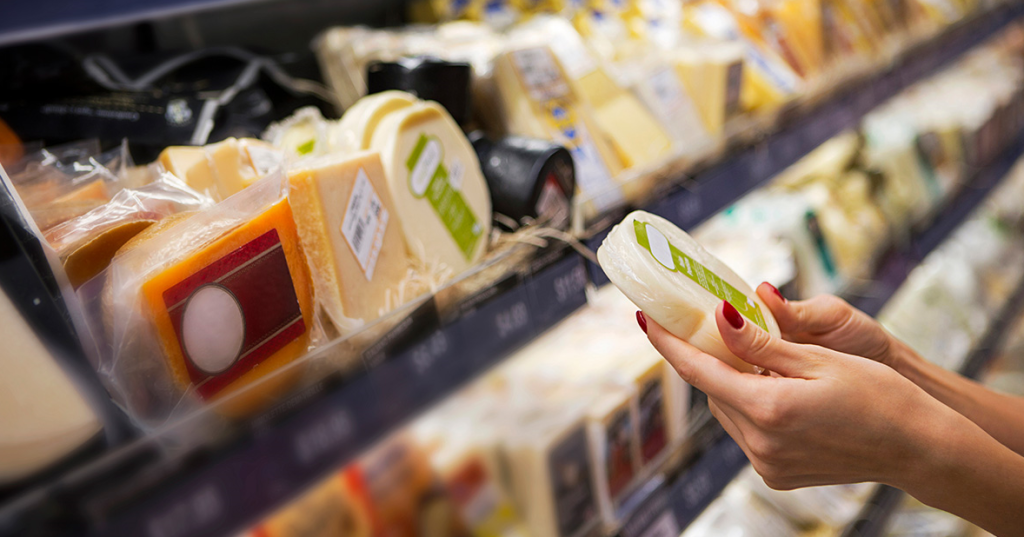Factors Affecting Food Shelf Life

Factors Affecting Food Shelf Life
The shelf life of a packaged food is the most critical aspect of food safety and quality. The shelf life of food products often means the period of time that the food product can be stored and consumed while keeping its desired characteristics, such as taste, appearance and nutritional value while temperature, humidity, and other external factors of the storage conditions must be specified. Spoilage of perishable foods may be the result of changes in the sensory characteristics of the product, such as the development of off-favors, off-colors, gas, or slime, which make the product undesirable or unacceptable to the consumer, or by exceeding a certain level of indicator organisms specifed for the product. Many of these undesirable changes are the result of microbial growth and the associated metabolic activity and by-products of the organisms.
Understanding of the factors that affect the shelf life of packaged food is vital for both manufacturers and consumers.
As a result of nature food products includes microorganisms and these organisms can lead to spoilage under certain conditions. Because of this fact a reliable and good quality packaging is one of the best ways to keep the product without spoilage. Thermoform packaging is one of this way. Thermoform Vacuum packaging and Modifed Atmosphere Packaging (MAP) can add extra days or even weeks/months to shelf life of food products.
What is the advantage of extended shelf life of food products?
When you extend the shelf life and keep the product at the same freshness level like in the first day then you are able to deliver your products to longer distances which means you create new markets for your food products.
Main Factors for Shelf Life
Temperature
Temperature control is one of the most important factor that affects the shelf life of packaged food. High temperatures accelerate the chemical reactions and microbial growth, leading to food spoilage. Therefore the temperature must be controlled and maintained at a proper level throughout the supply chain to keep the products without spoilage.
Humidity
Moisture content within the packaged food is the major factor affecting the shelf life. If the humidity level is more than specified level then it creates an environment conducive to microbial growth and enzymatic reactions, leading to food spoilage. On the other hand, insufficient moisture can cause the food to become dry and lose its taste and freshness.
Packaging Atmosphere
Modified atmosphere packaging (MAP) is a technique that involves altering the composition of gases inside the packaging to extend shelf life. For instance, reducing oxygen levels and increasing carbon dioxide can slow down oxidation and microbial growth. MAP is commonly used for packaging of meat, seafood, dairy, cheese, chicken and poultry, bakery products, fresh fruits, vegetables…